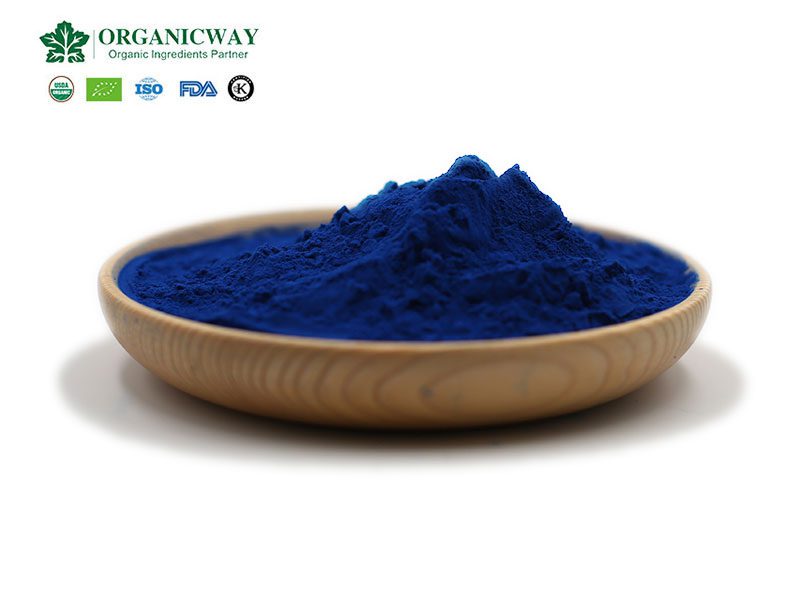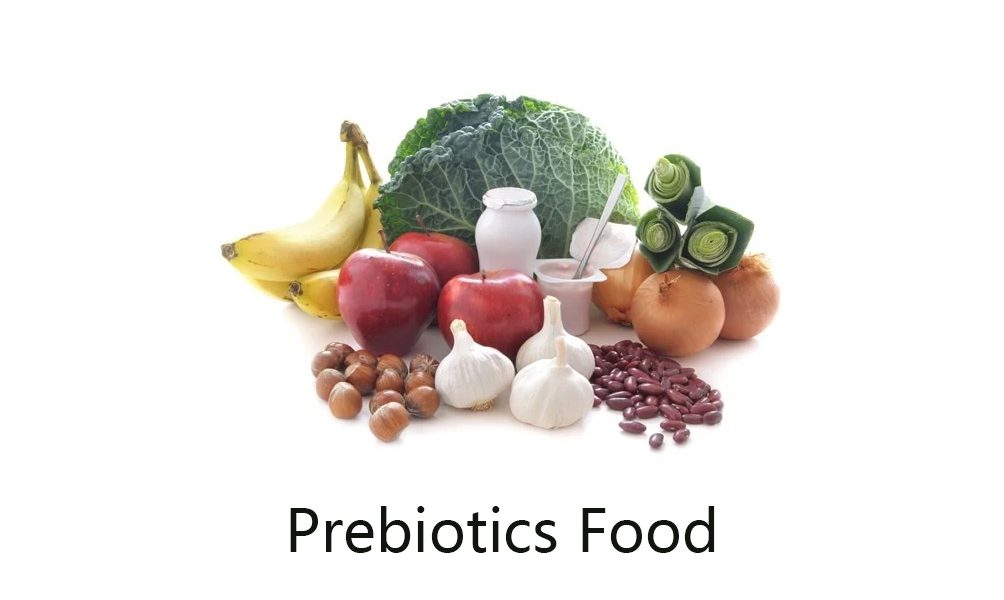Table of Contents
Chlorella is a green algae that has many health and environmental benefits. Organic chlorella is chlorella that is grown without chemicals or GMOs. Organic chlorella products are certified by third parties to ensure their quality and safety.
Market Size and Growth
The global chlorella market was worth USD 275 million in 2021 and is expected to reach USD 448 million by 2029, growing at a CAGR of 6.3%. The organic chlorella segment is expected to grow faster than the conventional chlorella segment, at a CAGR of 8% from 2022 to 2029.
Market Drivers and Restraints
The main factors driving the organic chlorella market are:
- The rising demand for natural and plant-based products in various industries such as food and beverage, pharmaceutical, personal care, and biofuel.
- The increasing awareness of the health benefits of chlorella among consumers such as anti-inflammatory, antioxidant, anti-cancer, anti-diabetic, anti-obesity, anti-hypertensive, and anti-aging effects.
- The growing popularity of organic products among consumers who are concerned about the quality and safety of conventional products.
- The supportive government policies and regulations that promote organic farming and consumption.
The main factors restraining the organic chlorella market are:
- The high cost of organic chlorella products compared to conventional chlorella products due to higher production and certification costs.
- The limited availability and accessibility of organic chlorella products in some regions due to low production and consumption.
- The lack of standardization and harmonization of organic certification schemes across different countries due to variations in definitions, criteria, requirements, and procedures.
Market Segmentation
The organic chlorella market can be segmented by product type, application, and region.
By product type:
- Organic Chlorella Powder: This is the most common form of organic chlorella product that can be consumed directly or mixed with water or other beverages. It can also be used as an ingredient in food products.
- Organic Chlorella Tablets: These are compressed forms of organic chlorella powder that are convenient and easy to consume. They can be taken as dietary supplements or snacks.
- Organic Chlorella Capsules: These are capsules that contain organic chlorella powder. They can be swallowed with water or other liquids. They can also be opened and sprinkled on food or drinks.
- Organic Chlorella Liquid: This is a liquid form of organic chlorella product that can be consumed directly or diluted with water or other beverages. It can also be used as a cosmetic ingredient or a biofuel feedstock.
By application:
- Food and Beverage Industry: This is the largest application segment of the organic chlorella market. Organic chlorella is used as a functional ingredient, a colorant, a protein source, a detoxifier, and an immune booster in various food and beverage products.
- Pharmaceutical Industry: This is the second-largest application segment of the organic chlorella market. Organic chlorella is used as a raw material, an active ingredient, an excipient, and a carrier in various pharmaceutical products. Organic chlorella has therapeutic effects on various diseases and disorders.
- Personal Care Industry: This is the third-largest application segment of the organic chlorella market. Organic chlorella is used as a cosmetic ingredient, a skin care agent, a hair care agent, and a colorant in various personal care products. Organic chlorella has beneficial effects on skin health, hair health, oral health, and body odor.
- Other Applications: These include other applications of organic chlorella such as biofuel production, animal feed production, fertilizer production, bioremediation, and research and development. Organic chlorella can be used as a biofuel feedstock, an animal feed additive, a fertilizer, a bioremediation agent, and a research and development material.
By region:
- North America: This is the largest regional market for organic chlorella products. The US is the leading country in this region due to its high consumption of organic products, its large food and beverage industry, its advanced pharmaceutical industry, its innovative personal care industry, and its supportive government policies and regulations for organic farming and consumption.
- Europe: This is the second-largest regional market for organic chlorella products. Germany, France, the UK, Italy, and Spain are the major countries in this region due to their high demand for natural and plant-based products, their large food and beverage industry, their advanced pharmaceutical industry, their innovative personal care industry, and their supportive government policies and regulations for organic farming and consumption.
- Asia Pacific: This is the fastest-growing regional market for organic chlorella products. China, Japan, India, South Korea, and Taiwan are the key countries in this region due to their large production and consumption of chlorella products, their growing awareness of the health benefits of chlorella products, their expanding food and beverage industry, their emerging pharmaceutical industry, their developing personal care industry, and their increasing disposable income and urbanization.
- Latin America: This is a moderate-growing regional market for organic chlorella products. Brazil, Mexico, Argentina, and Chile are the prominent countries in this region due to their rising demand for natural and organic products, their growing food and beverage industry, their improving pharmaceutical industry, their evolving personal care industry, and their favorable government policies and regulations for organic farming and consumption.
- Middle East and Africa: This is a slow-growing regional market for organic chlorella products. South Africa, Saudi Arabia, UAE, and Israel are the leading countries in this region due to their low awareness and availability of organic chlorella products, their limited food and beverage industry, their underdeveloped pharmaceutical industry, their nascent personal care industry, and their lack of standardization and harmonization of organic certification schemes.

